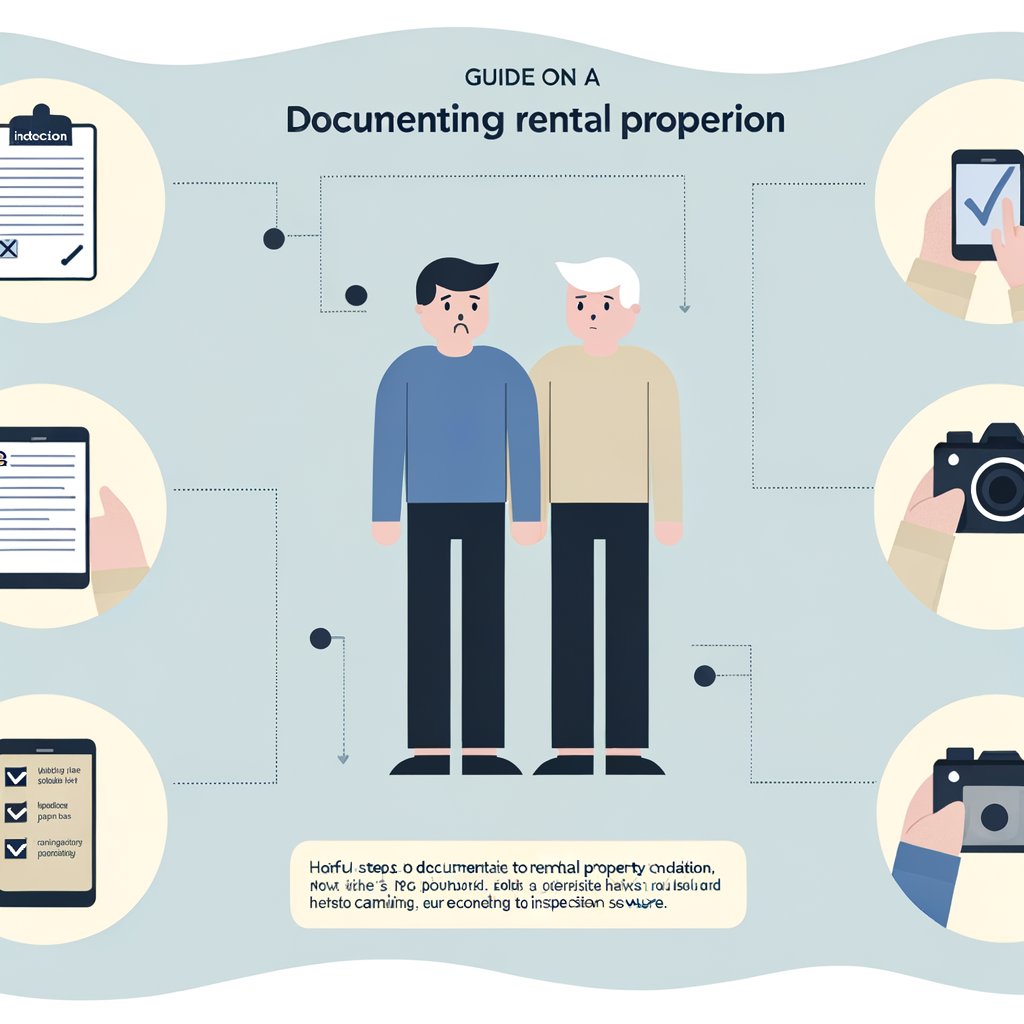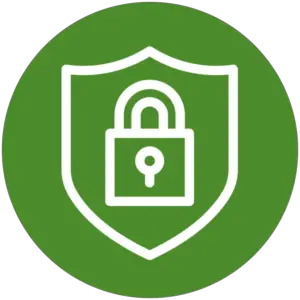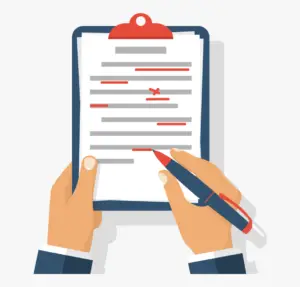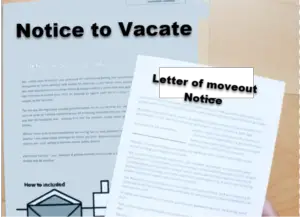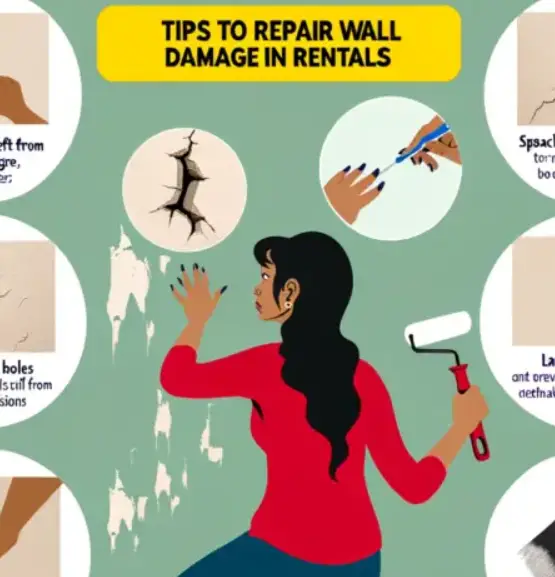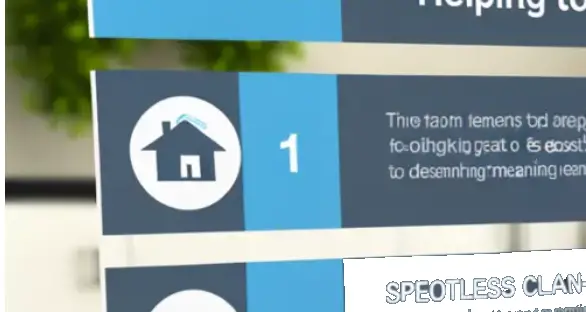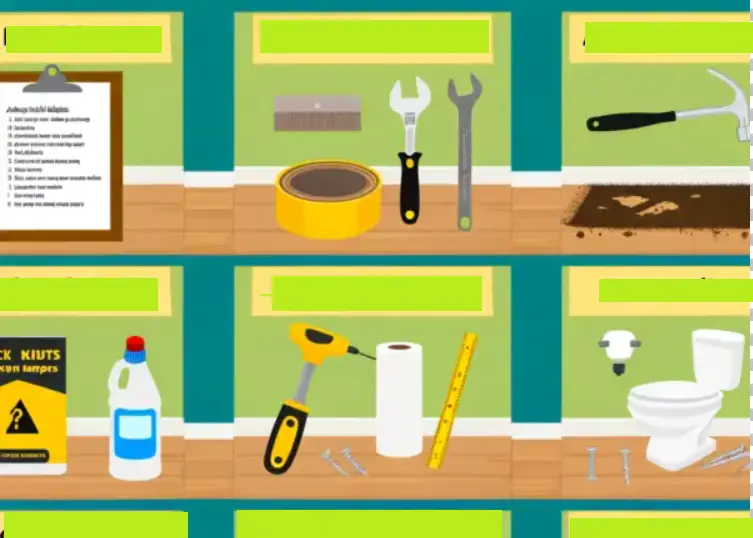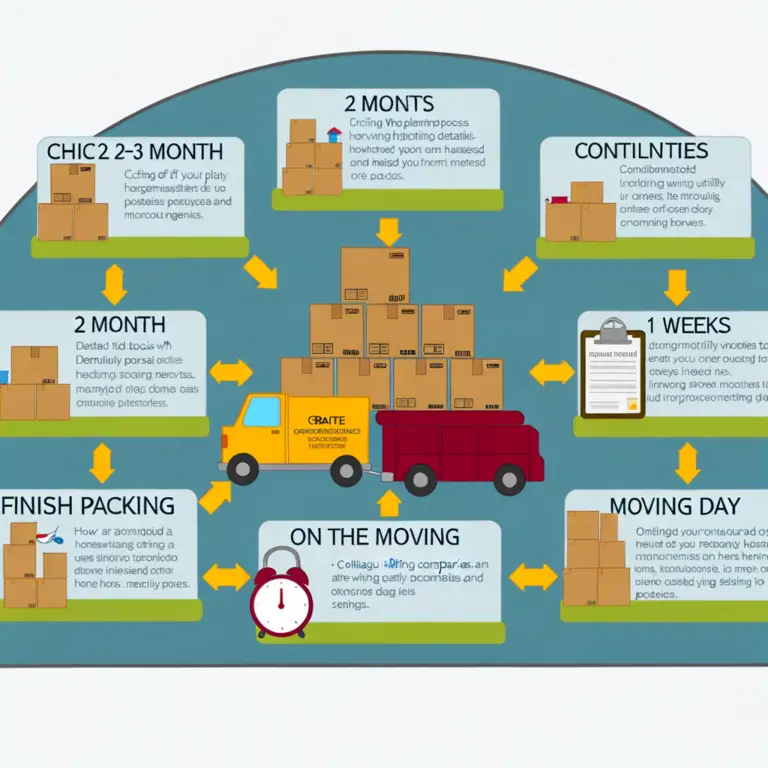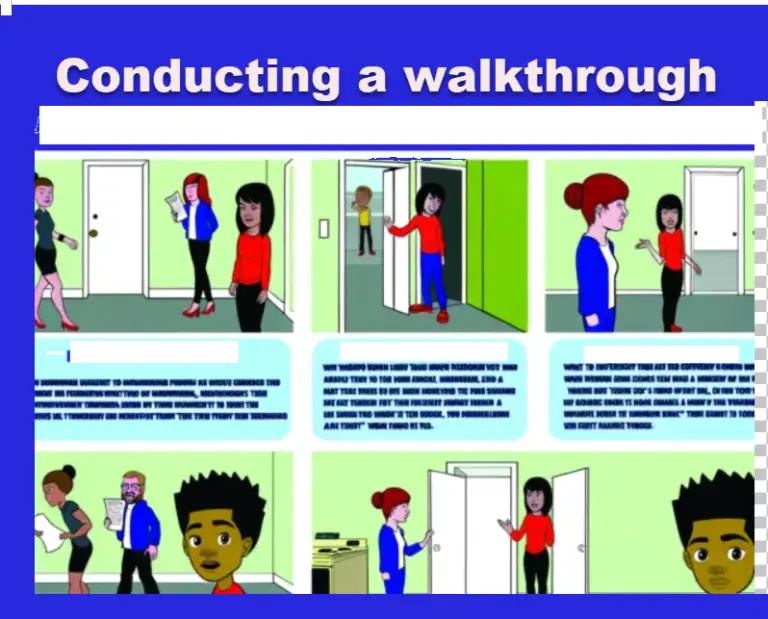Top Tips for Documenting Rental Property Condition
Want to avoid costly disputes, protect your investment, and ensure your rental property stays in top shape?
Properly documenting the condition of your rental unit is the key. Whether you’re a landlord or a tenant, keeping accurate records can prevent endless headaches.
This guide will walk you through the best practices for documenting rental property condition—ensuring legal protection and financial security.
Why Documenting Rental Property Condition is Essential
Failing to document a property’s condition can lead to major disputes. Security deposit conflicts, arguments over damages, and legal battles between landlords and tenants often stem from missing or inaccurate records. Proper documentation ensures both parties have clear evidence of the property’s state at move-in and move-out.
According to the National Association of Residential Property Managers (NARPM), “Thorough documentation is one of the best risk management tools available to landlords.” It not only protects landlords from false damage claims but also ensures tenants are treated fairly.
Additionally, keeping detailed records helps with property maintenance. Knowing when certain damages occurred can help identify recurring problems, allowing landlords to address issues before they become costly repairs.
When to Document the Property Condition
Rental property documentation isn’t a one-time task. It should be done at key moments throughout the leasing period:
- Before a tenant moves in – A move-in inspection ensures tenants receive a property in good condition.
- During periodic inspections – Routine checkups help catch maintenance issues early.
- After maintenance or repairs – Recording improvements keeps track of updates over time.
- Before a tenant moves out – Comparing the final condition with move-in records determines if deductions from the security deposit are necessary.
Tools and Materials Needed
To document the condition of a rental property effectively, you’ll need the right tools:
- Written checklist – A standardized inspection form ensures consistency.
- Camera or smartphone – High-quality photos provide visual proof of property conditions.
- Video recording – A room-by-room walkthrough video captures details that photos might miss.
- Inspection software – Apps like RentCheck or ZInspections help organize reports and streamline the process.
Step-by-Step Guide to Documenting Rental Property Condition
Move-In Inspection
Before a new tenant moves in, conduct a thorough walkthrough of the property. This sets a baseline for later comparisons.
Check all major areas, including walls, floors, ceilings, windows, appliances, plumbing, and electrical fixtures. Take clear photos and write detailed descriptions, avoiding vague terms like “good condition.” Instead, be specific: “Minor scuff marks on living room wall, approximately 3 inches.”
Once documented, have the tenant review and sign the move-in inspection report. This agreement helps resolve disputes if issues arise later.
Periodic Inspections
Routine inspections help ensure the property is being maintained properly. Landlords should notify tenants in advance and schedule visits in compliance with local laws.
During these checkups, document any minor wear and tear as well as potential maintenance concerns. Look for leaks, structural damage, or safety hazards.
Be careful to distinguish between natural aging and tenant-caused damage—for example, minor carpet discoloration from use is normal, but large stains from spills may require tenant accountability.
Move-Out Inspection
When a tenant moves out, compare the current condition to the move-in documentation. This is crucial for determining security deposit deductions.
Take updated photos in the same locations as before. If any damages exist, note them with clear descriptions. Avoid vague terms like “some damage to floor,” and instead be precise—“Two deep scratches on hardwood floor near entryway.”
Providing tenants with a copy of the move-out report ensures transparency. This helps resolve security deposit disputes fairly and legally.
Best Practices for Accurate and Legally Sound Documentation
- Use a standardized checklist. This keeps reports consistent across different inspections.
- Avoid vague descriptions. Details matter—“small hole in drywall near kitchen” is more useful than “wall damage.”
- Store records securely. Keep both physical copies and digital backups to ensure that records aren’t lost.
- Communicate findings with tenants. Keeping tenants informed prevents disputes before they escalate.
Common Mistakes to Avoid
Avoid these common errors when documenting rental property:
- Skipping the move-in inspection. Without initial records, proving damages is difficult.
- Not taking enough photos. A few pictures aren’t enough—document rooms from multiple angles.
- Ignoring small damages. Minor issues can worsen over time, leading to costly repairs.
- Failing to get tenant acknowledgment. Have tenants sign off on inspections to create a legally binding agreement.
Digital vs. Paper Documentation: Pros and Cons
Advancements in technology have made digital documentation more efficient, but paper still has its place.
Advantages of Digital Documentation
- Cloud storage ensures that records aren’t lost.
- Timestamped photos provide reliable proof.
- Software and mobile apps allow easy organizing.
When Paper Records May Still Be Useful
- Some courts require hard copies in legal disputes.
- Older landlords may prefer traditional checklists.
- Backup copies prevent data loss from technical failures.
For maximum efficiency, landlords should use a hybrid system—digital for storage and paper for on-site inspections.
Legal Considerations and State Regulations
Every state has different laws regarding rental property inspections and security deposits. Landlords should understand their local regulations to ensure compliance.
Some areas require landlords to provide tenants with a move-in and move-out checklist. Others have strict rules about how security deposit deductions must be documented. Failing to follow these laws can lead to legal trouble and tenant lawsuits.
Always check with a local attorney or property management association to stay updated on legal requirements.
Conclusion
Thoroughly documenting rental property condition is one of the best ways to prevent disputes, maintain your property, and ensure legal compliance. From move-in to move-out, having clear records protects both landlords and tenants.
Use standardized checklists, take detailed photos and videos, and store documentation securely. Always communicate with tenants to maintain transparency.
By following these best practices, landlords can avoid hassle, while tenants can ensure they receive their full security deposit back. Start implementing these documentation steps today to safeguard your rental property investments.
“`

